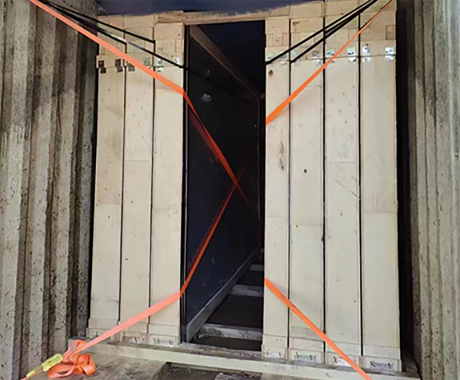

Understanding the Price Dynamics of Tinted Glass
Tinted glass has become increasingly popular in various applications, ranging from automotive to architectural uses. As urbanization increases and the demand for energy efficiency grows, tinted glass is viewed not just as an aesthetic enhancement, but as a critical component of modern design. However, one important aspect that consumers and industry players must navigate is the pricing of tinted glass. This article explores the factors influencing the price of tinted glass, its benefits, and how the market is shaping up.
Factors Influencing Tinted Glass Prices
1. Type of Tinted Glass The price of tinted glass can vary significantly based on the type used. There are numerous options available, including dyed, coated, and laminated tinted glass. Dyed glass, which has color integrated into the glass itself, tends to be less expensive, while coated varieties—where a layer of tint is applied on top—often come at a premium due to their enhanced performance characteristics.
2. Thickness and Size The dimensions and thickness of tinted glass also play a critical role in its pricing. Larger panels or thicker glass require more raw materials and labor, which can drive up costs. For instance, custom-sized glass windows for commercial buildings tend to be more expensive than standard-sized offerings.
3. Production Techniques The manufacturing process of tinted glass can impact its price. Advanced processes, such as low-emissivity coating that enhances thermal efficiency, tend to increase production costs. Automated and high-precision manufacturing techniques, while ensuring superior quality, can also contribute to higher prices.
4. Market Demand and Supply Like any other product, the dynamics of demand and supply significantly influence the pricing of tinted glass. In regions where there is a high demand for energy-efficient solutions, such as cooler climates or hot, sunny locales, prices may surge due to heightened demand. Conversely, oversupply in certain markets may lead to decreased prices.
5. Regulatory Factors Government regulations regarding energy efficiency and environmental impact can also influence the pricing of tinted glass. Manufacturers may need to comply with specific standards, which could require investing in more sophisticated production methods. These costs are often passed on to consumers.

6. Brand and Quality As with most products, brand reputation can play a role in pricing. Well-known brands may charge more due to perceived quality and reliability. Some manufacturers may offer warranties or additional services, which could justify a higher price point.
Benefits of Tinted Glass
The price of tinted glass must be weighed against its numerous benefits. One of the primary advantages is energy efficiency. Tinted glass can reduce the amount of heat entering a building or vehicle, subsequently decreasing reliance on air conditioning and leading to cost savings on energy bills. This property is particularly valuable in commercial buildings where large glass windows dominate the façade.
Moreover, tinted glass offers a level of privacy without sacrificing natural light. In residential settings, homeowners can enjoy bright interiors while keeping prying eyes at bay. In vehicles, tinted windows not only add to the aesthetic appeal but also protect passengers from harmful UV rays and reduce glare from sunlight.
Another significant benefit is improved comfort. By regulating indoor temperatures and lighting, tinted glass creates a more comfortable living or working environment. In addition, it can help protect furniture and flooring from fading caused by prolonged sun exposure.
Conclusion
As the demand for tinted glass continues to rise due to its aesthetic and functional benefits, understanding its pricing dynamics becomes crucial for consumers and industry professionals. Prices can vary based on type, size, and production methods, and they are influenced by market demand, regulations, and brand reputation. When investing in tinted glass, it is essential to consider not just the upfront costs but also the long-term savings and benefits that this versatile product provides. By making informed choices, consumers can successfully navigate the tinted glass market, ensuring they achieve the best value for their investment.